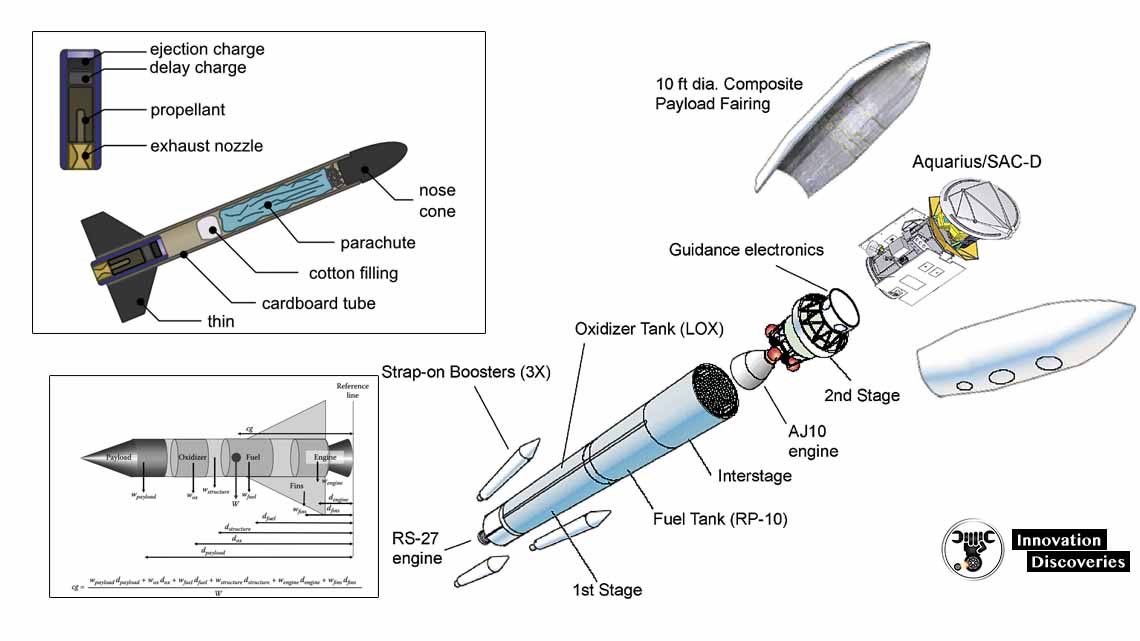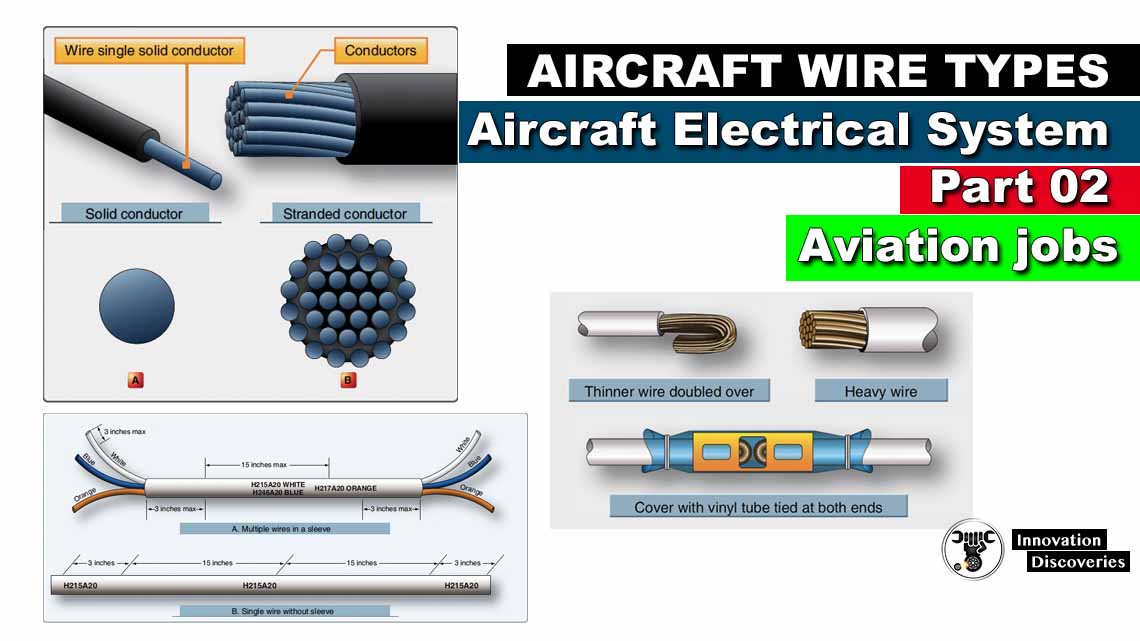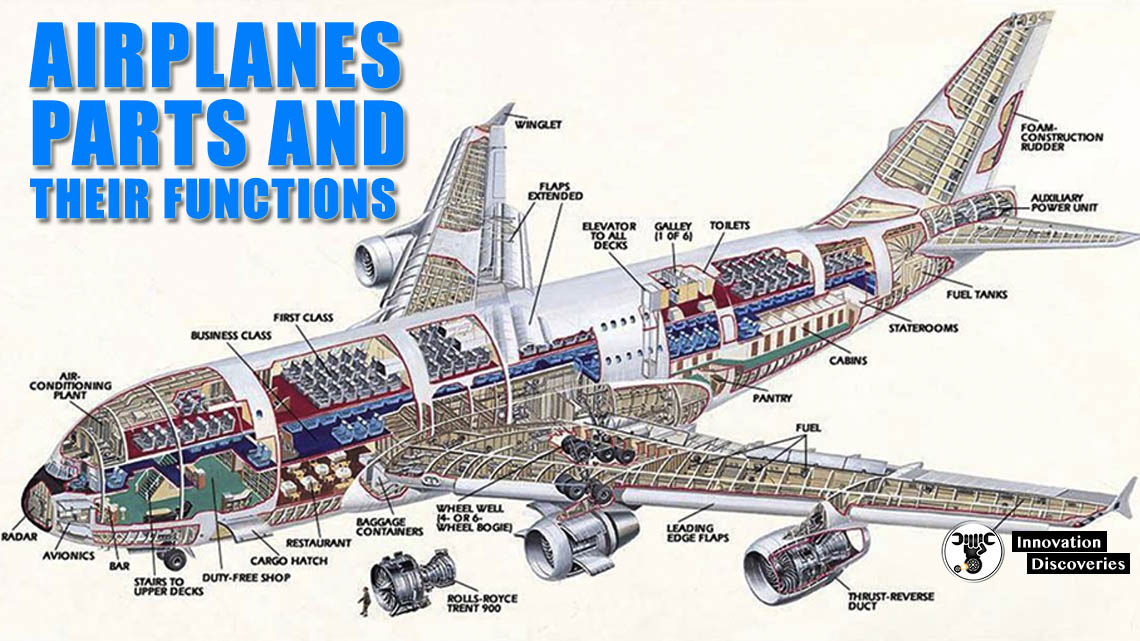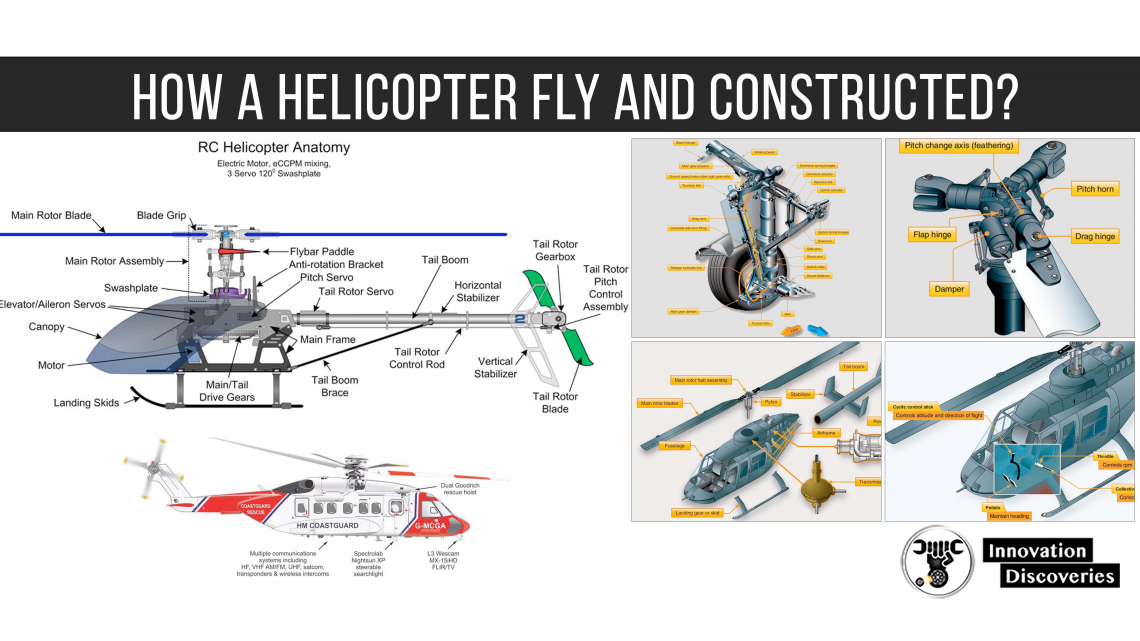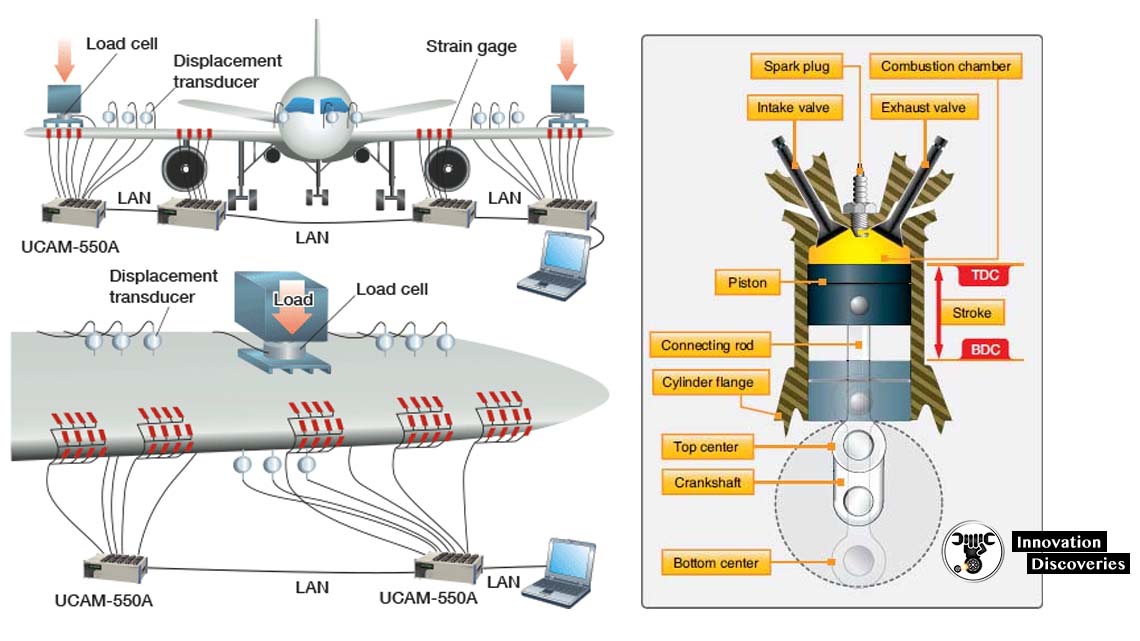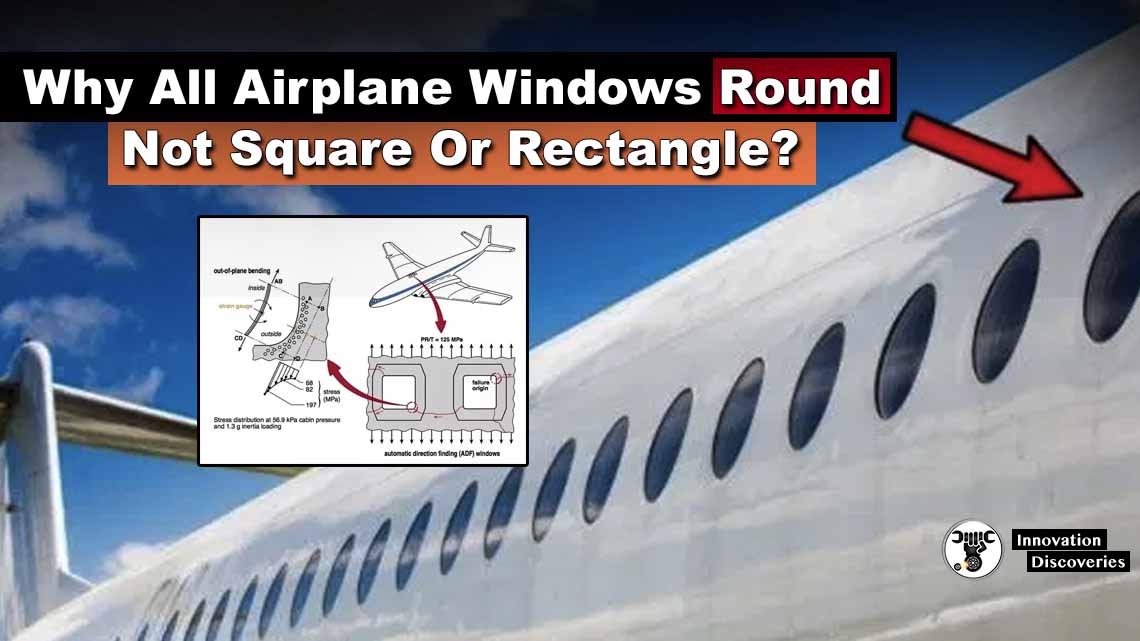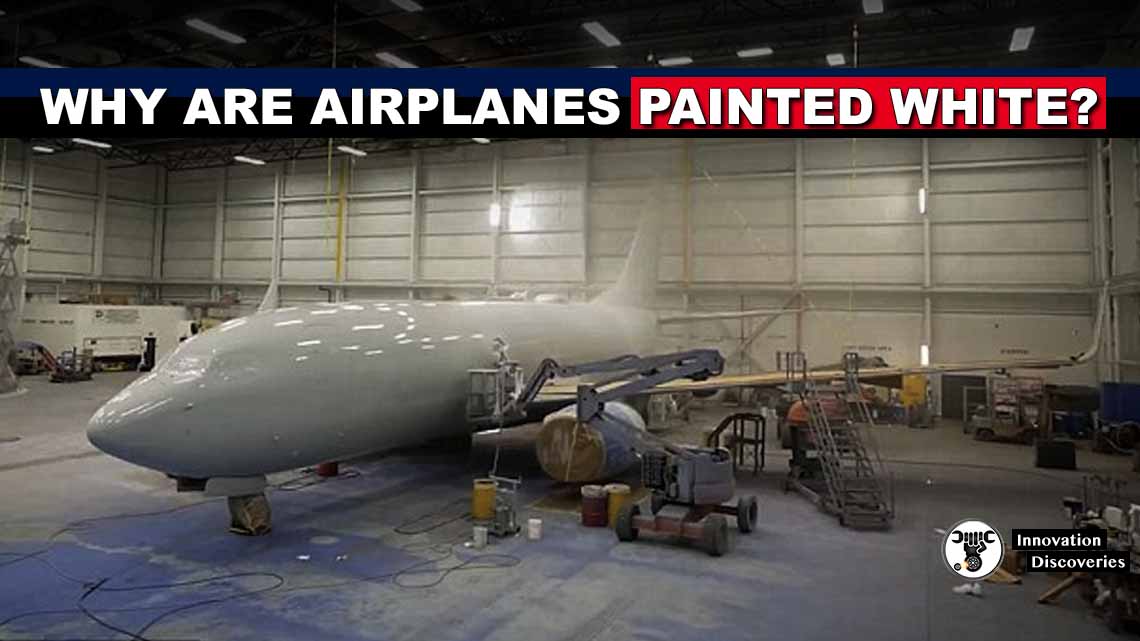
The B-2 Spirit, often dubbed the “Stealth Bomber,” is a masterpiece of aerospace engineering, integrating radical design choices, classified technologies, and futuristic materials to deliver unmatched stealth and global strike capability. Developed during the Cold War and still unmatched today, the B-2 is one of the most expensive and secretive aircraft ever built—with a unit cost of approximately $1.157 billion (1998 dollars).
This blog takes a deep dive into the engineering principles, systems, and operational achievements that make the B-2 Spirit a true icon of military aviation.
1. Stealth-First Design Philosophy
a. Low Radar Cross Section (RCS)
At the heart of the B-2’s capability is its ability to evade radar detection. It features:
- Flying Wing Design: Eliminates vertical stabilizers and fuselage—minimizing radar reflection angles.
- Edge Alignment Geometry: All edges are parallel or perpendicular to avoid corner reflections.
- Radar-Absorbent Material (RAM): Coated with advanced materials to absorb radar energy, especially carbon-fiber composites and ferrite-infused polymers.
The result? The B-2’s radar signature is as small as a pigeon’s, making it nearly invisible on enemy radar.
2. Flying Wing Configuration
Unlike traditional aircraft, the B-2 has no tail or vertical surfaces, giving it a distinct profile:
- Wingspan: 172 feet (52.12 meters)
- Length: 69 feet (20.9 meters)
- Height: 17 feet (5.1 meters)
Engineering Challenge: Stability
Flying wings are inherently unstable, especially in yaw and pitch. To counter this:
- The B-2 employs a quadruple-redundant digital fly-by-wire control system that constantly makes micro-adjustments.
- Stability and control are achieved using split drag rudders and elevons, digitally coordinated in real time.
3. Engine Integration & Heat Signature Reduction
a. Engines: 4 × General Electric F118-GE-100 turbofans, each producing 17,300 pounds of thrust.
- Fully embedded in the wing to reduce radar visibility.
- Intake ducts are S-shaped to scatter radar before reaching the compressor blades.
- Exhaust ports are on top of the wing and mixed with cool bypass air to lower the IR signature.
This drastically reduces the B-2’s infrared detectability, especially from ground-based heat-seeking sensors.
4. Payload & Combat Capability
Despite its stealth role, the B-2 is a multi-role heavy bomber:
- Payload: Up to 40,000 pounds (18,144 kg) of internal munitions.
- Armament: Both conventional and nuclear weapons, including:
- B61 and B83 nuclear bombs
- JDAM (GPS-guided bombs)
- GBU-57 Massive Ordnance Penetrators (MOPs)
Because of internal carriage, no external hardpoints are used—preserving its stealth profile even when fully armed.
5. Global Range and Reach
- Range: Intercontinental (approx. 6,900 miles) unrefueled.
- Fuel Capacity: 167,000 pounds (75,750 kg)
- Ceiling: 50,000 feet (15,240 meters)
- Compatible with air-to-air refueling, allowing global missions from Whiteman AFB, Missouri to any conflict zone.
The B-2 is capable of flying from Missouri to targets across the world nonstop—a feat demonstrated in multiple operations.
6. Avionics & Navigation: Eyes Without Being Seen
a. AN/APQ-181 Radar
- Low-probability-of-intercept radar
- Terrain-following mode for low-level penetration
- Synthetic aperture radar for precise targeting
b. Astro-Inertial Navigation System
- Uses stellar tracking for guidance when GPS is jammed
- Integrated with GPS and INS for redundancy
This makes the B-2 GPS-independent, able to deliver accurate strikes in electronic warfare environments.
7. Crew and Cockpit
- Crew: Just two pilots – a pilot (left seat) and a mission commander (right seat)
- Advanced cockpit with digital displays, mission planning systems, and nuclear command interface
- Extensive onboard life-support and rest facilities for ultra-long-range missions
This is a major reduction compared to:
- B-1B: 4 crew
- B-52: 5 crew
8. Combat History & Operational Legacy
a. Public Debut: Nov. 22, 1988 (Palmdale, CA)
b. First Flight: July 17, 1989
c. First Operational Base: Whiteman AFB, Missouri (delivered Dec. 17, 1993)
Key Missions:
- Operation Allied Force (Kosovo, 1999): B-2s destroyed 33% of Serbian targets in the first 8 weeks.
- Operation Enduring Freedom: Long-duration missions from the U.S. to Afghanistan.
- Operation Iraqi Freedom: First combat deployment; over 1.5 million pounds of munitions dropped.
9. Maintenance and Support Infrastructure
- Depot Maintenance: Managed at Tinker AFB, Oklahoma
- Maintenance Hours: Roughly 50–100 hours of maintenance per flight hour due to stealth coating upkeep
- Requires climate-controlled hangars for RAM reapplication and delicate component checks
10. Development Team and Cost
- Prime Contractor: Northrop Grumman Integrated Systems
- Key Partners:
- Boeing Military Airplanes Co.
- Hughes Radar Systems Group
- GE Aircraft Engine Group
- Vought Aircraft Industries
Unit Cost:
- Approx. $1.157 billion (1998 dollars)
- Only 21 aircraft built (20 active + 1 test)
11. Future and Replacement
The B-2 remains fully operational under Air Force Global Strike Command since Feb 1, 2009. However, the next-generation B-21 Raider is expected to gradually take over its role in the coming decades—featuring improved stealth, AI integration, and lower operating costs.
Final Thoughts
The B-2 Spirit isn’t just a bomber—it’s a fusion of physics, computer science, material engineering, and tactical doctrine. Its insane engineering allows it to enter contested airspace, strike with surgical precision, and exit without being seen. For over 30 years, it has stood as the pinnacle of stealth bomber design, unmatched and unchallenged.
As technology evolves, the Spirit’s legacy will continue to inspire engineers, aviators, and innovators alike.
Sources:
U.S. Air Force B-2 Fact Sheet (af.mil)
General characteristics
Primary function: multi-role heavy bomber
Contractor: Northrop Grumman Corp. and Contractor Team: Boeing Military Airplanes Co., Hughes Radar Systems Group, General Electric Aircraft Engine Group and Vought Aircraft Industries, Inc.
Power plant: four General Electric F118-GE-100 engines
Thrust: 17,300 pounds each engine
Wingspan: 172 feet (52.12 meters)
Length: 69 feet (20.9 meters)
Height: 17 feet (5.1 meters)
Weight: 160,000 pounds (72,575 kilograms)
Maximum takeoff weight: 336,500 pounds (152,634 kilograms)
Fuel capacity: 167,000 pounds (75750 kilograms)
Payload: 40,000 pounds (18,144 kilograms)
Speed: high subsonic
Range: intercontinental
Ceiling: 50,000 feet (15,240 meters)
Armament: conventional or nuclear weapons
Crew: two pilots
Unit cost: Approximately $1.157 billion (fiscal 1998 constant dollars)
Initial operating capability: April 1997
Inventory: active force: 20 (1 test); ANG: 0; Reserve: 0
(Current as of December 2015)
Discover More:
How do missiles work? | Targeting, Guidance & Propulsion
Military Tech

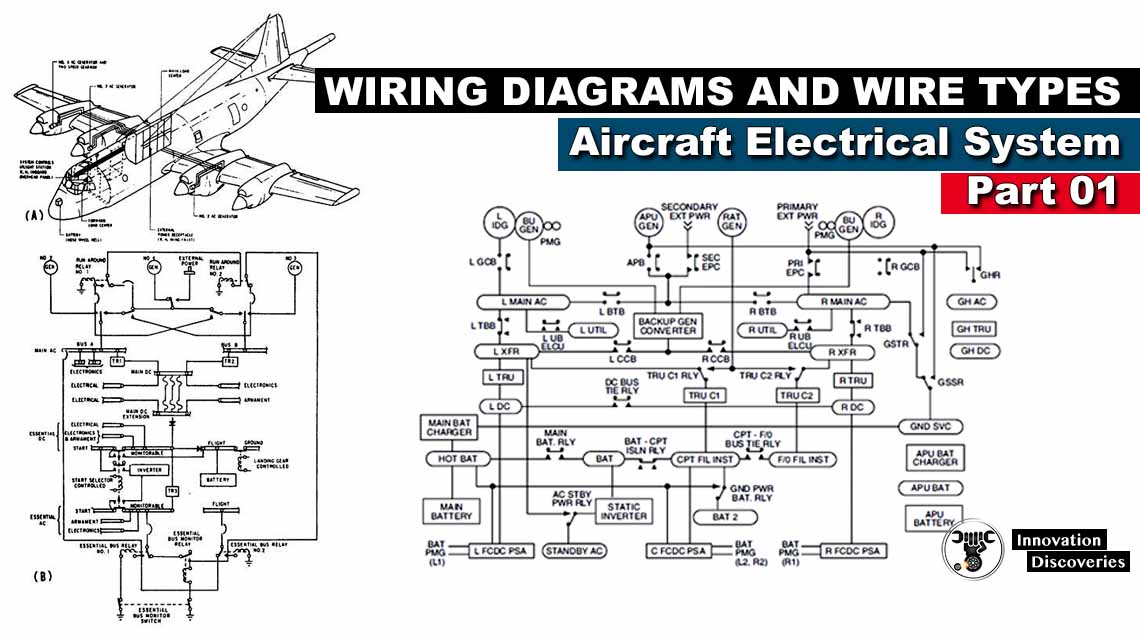
Read More:
How Do Airplanes Fly? Components
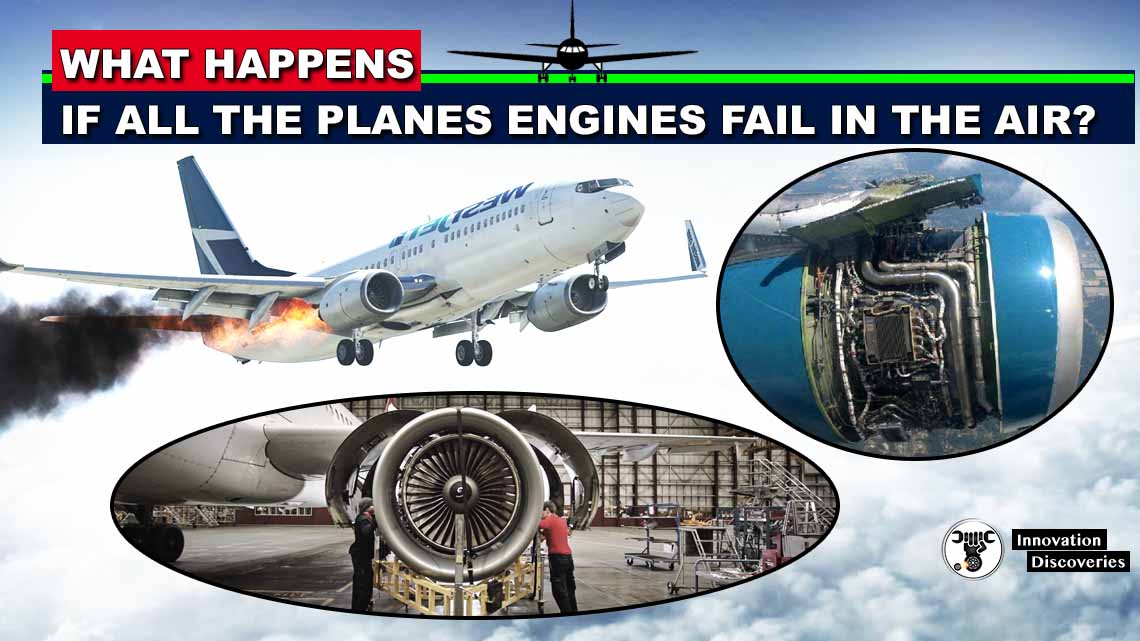
Visit Forum
Visit Our Friendly Website


